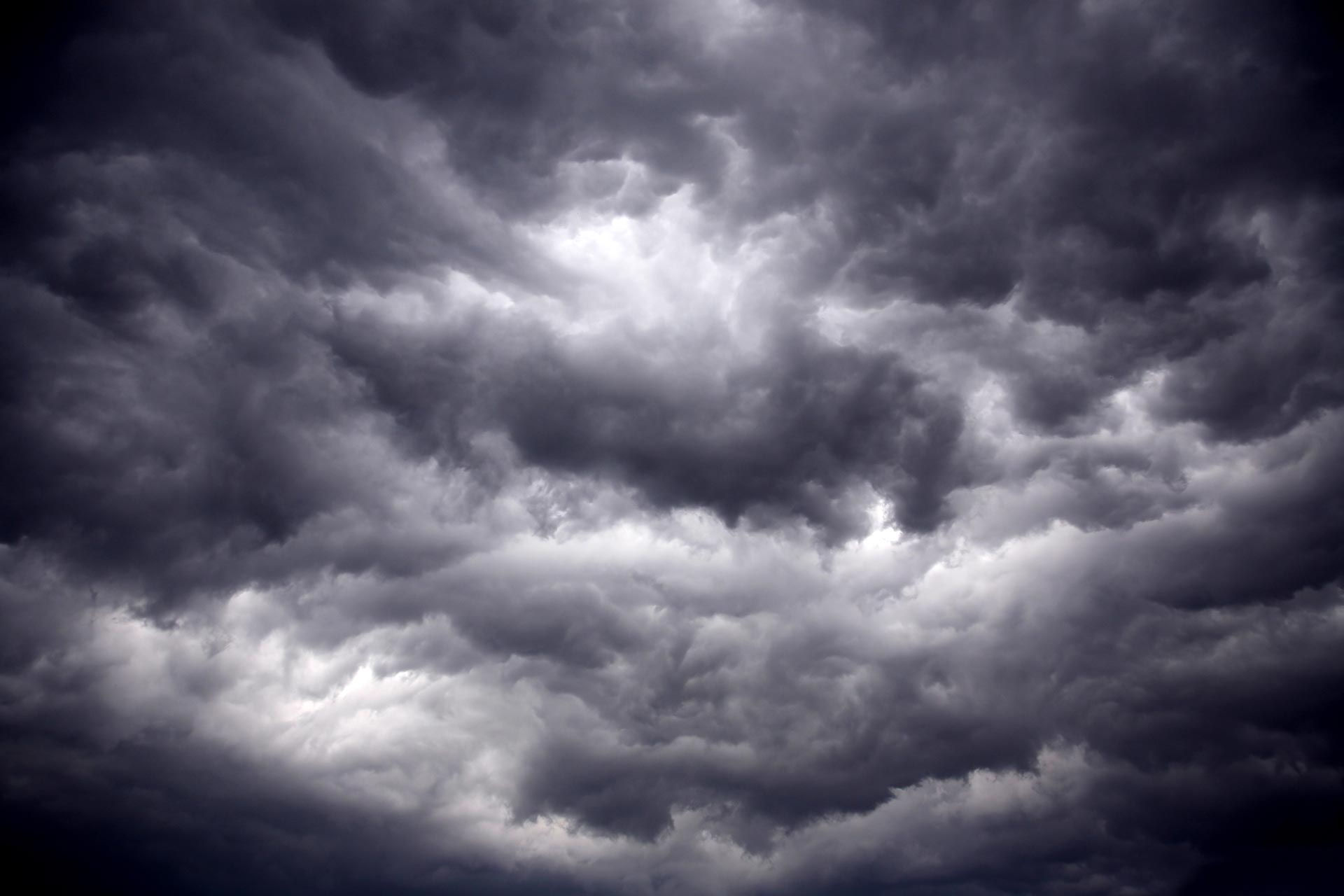SNOWY DECEMBER'S, IT'S BEEN AWHILE...
Just a little business to start with regarding my fund raising drive. I'm asking those of you that like the insights and effort that goes into this site to consider a voluntary subscription. I'm asking $12.00 dollars for a year. That's $1 dollar a month or 3 cents a blog if you consider the fact there were 450 posts issued over the past year. I need your help paying the bills if things are going to continue. I do this 365 days a year and I would deeply appreciate a donation. Click on the link if you can help or for more information. I thank you for your support and consideration.
SNOWY DECEMBER'S...HOW ABOUT ONE THIS YEAR!
I've been watching this sudden stratospheric warming and what it might mean for the start of our winter. If you haven't been following along, a Sudden Stratospheric Warming event (SSW) is exactly what the name suggests. It is a sudden temperature rise in the polar stratosphere during the cold season. This takes place at an altitude of approximately 5 miles above the pole. Warming of the stratosphere means that the polar vortex is weakened, and can also collapse under the pressure from the warming event. The source of the warming usually comes from the bottom up, as strong weather systems can actually deflect a lot of energy upwards into the stratosphere, disrupting its dynamics.

When the polar vortex is strong, it can lock the cold air into the Polar regions, creating mild winter periods in the United States and Europe. When the Polar Vortex is weakened it can collapse and buckle. A full fledged collapse from a stratospheric warming is just as dynamic as it sounds, as the higher pressure comes crashing down, pushing the cold air out of the polar regions, into the United States and even Europe. This creates a chain reaction, which can disrupt the jet stream, creating a high-pressure area over the Arctic circle. Once in place it can release the cold arctic air into the United States and the Midwest.
Stratwarms usually take one to two months to fully develop and unleash their chill which means this one is on track to produce its impacts anytime from mid-November to early December. On average SSWs can produce effects that last from 3 to 6 weeks. In the temperature departures below, you can see the current cold that exists near the pole with the warming beginning to show over Alaska at 10mb.

The following graphic below shows the dramatic flip to much warmer readings by October 31st. That's quite impressive and very early to be seeing such a strong SSW event.

Since I've been on the record for weeks regarding a fast start to winter and a colder December than in recent years, I thought it would be interesting to see if I could find similar analogs of October SSWs. After all, to know the past is to know the future...I think somebody said that. Anyway, I came up with 9 Octobers that were reasonable matches and looked at the following temperatures. I used Cedar Rapids as my indicator.
When it comes to temperatures, only 1 of the 9 December years I examined had above normal readings, and not by much. Several were quite cold! 1983 averaged just 11.8 degrees with 1989 at 16.4 and 2010 at 18.8. Normal is 25.2 degrees. There is very strong support for below normal temperatures in December when stratwarms occur.
I found that snowfall in the 9 December's of my analogs averaged nearly a foot. 2010, which is the most recent analog had 20.5". Other big years were 1977 with 15.9", 2005" with 18.8", and 1983 with 13.4" The worst was 1995 with 3.7". If you take that out of the mix the average jumps to nearly 13.0". Normal is 7.8". Aside from a couple December's, the stratwarm years were good snow producers running about 150% above average.
Sea surface temperatures are one of the biggest seasonal drivers of climate, which makes sense when you consider 70 percent of Earth's surface is water. When it comes to sea surface temperatures, 2013 is still the best analog I have discovered with strong similarities between that year and October 2021. (I did not consider 2013 in the 9 winters above because there was no SSW. Additionally, there was no La Nina in 2013 and sea surface temperatures were neutral).

However, I still think 2013 is worth noting due to the importance of sea surface temperatures. That December in Cedar Rapids the average temperature was 18.4 which is nearly 7 degrees below normal and snowfall was 14.7" which is 7" above normal.
I don't know if I'm barking up the wrong tree here but in my opinion there is significant evidence for a fast start to winter and what could be a cold and snowy December. I'll let the facts speak for themselves.
As for the remainder of the weekend and early next week, I see nothing but blue skies and fine fall weather. For those of you out and about early Saturday you will feel fall with lows that are projected to look like this, well into the 30s and most likely the coldest readings in many months. Perhaps a bit of frost in some of my northern counties?

After that we get into some really good stuff. Sunshine and dry conditions are expected to prevail through Wednesday of next week. Highs will go from the low 60s Saturday to near 70 Sunday and then remain in the 70s Monday-Wednesday. Excellent harvest weather! Here's what the EURO is showing the next 10 days.

That is all that I have for you. Enjoy the splendid day and if you like the insights and effort here, please consider a voluntary donation. The future of TSwails is in your kind and caring hands.














Comments